I love, love, LOVE this.
Looks Like Someone's a Little Aroused By Those Uniforms
Gratuitous Chris Hemsworth
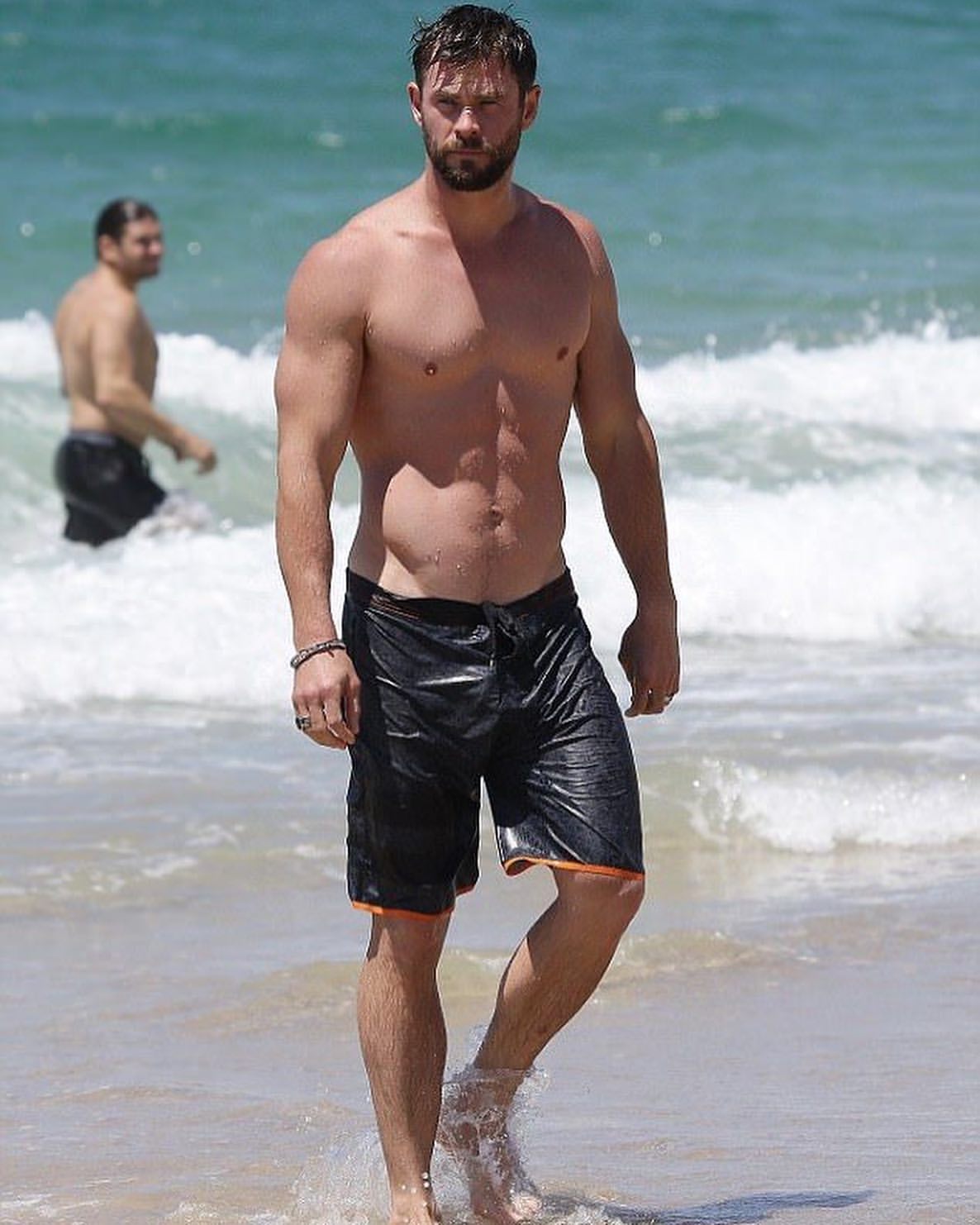
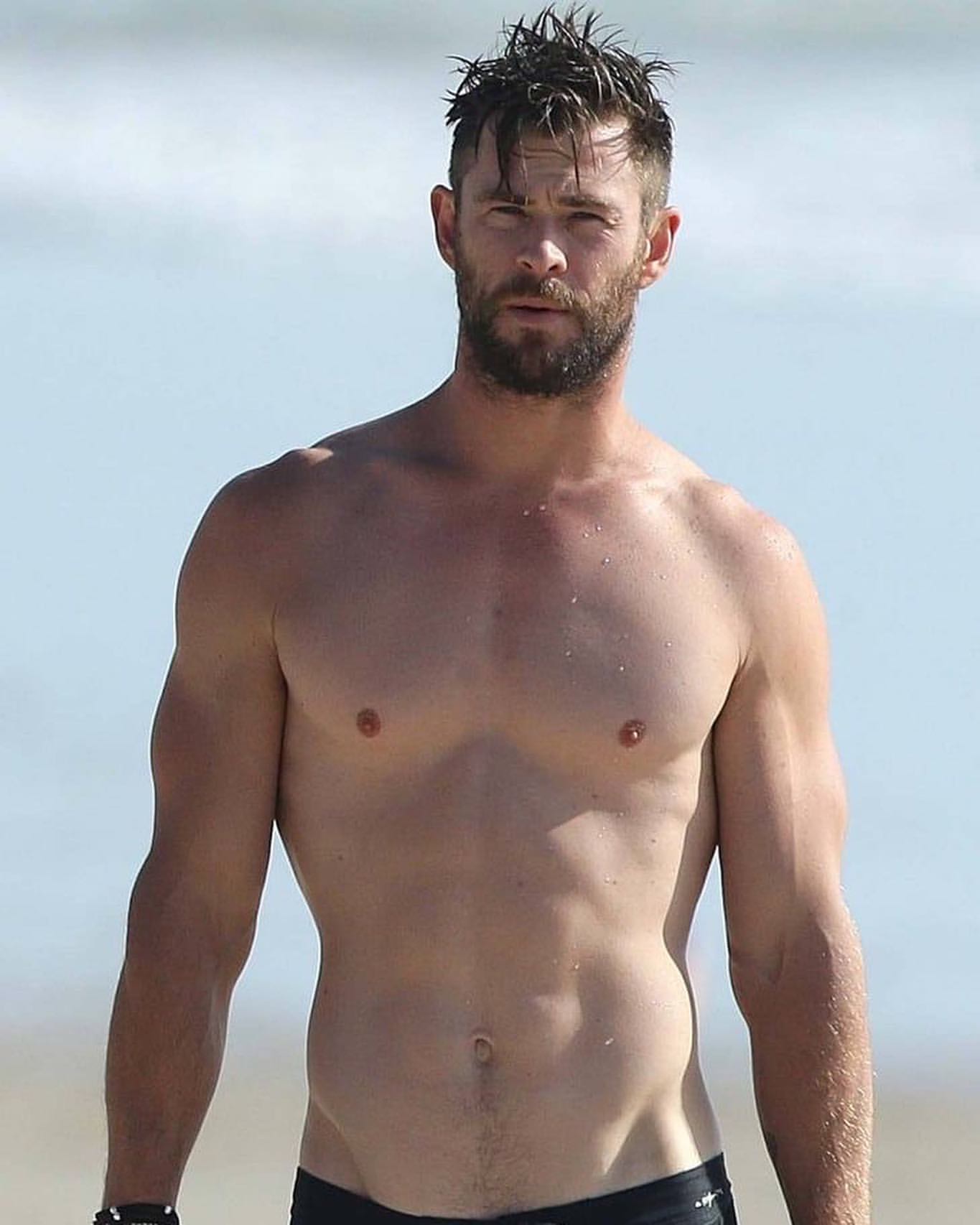
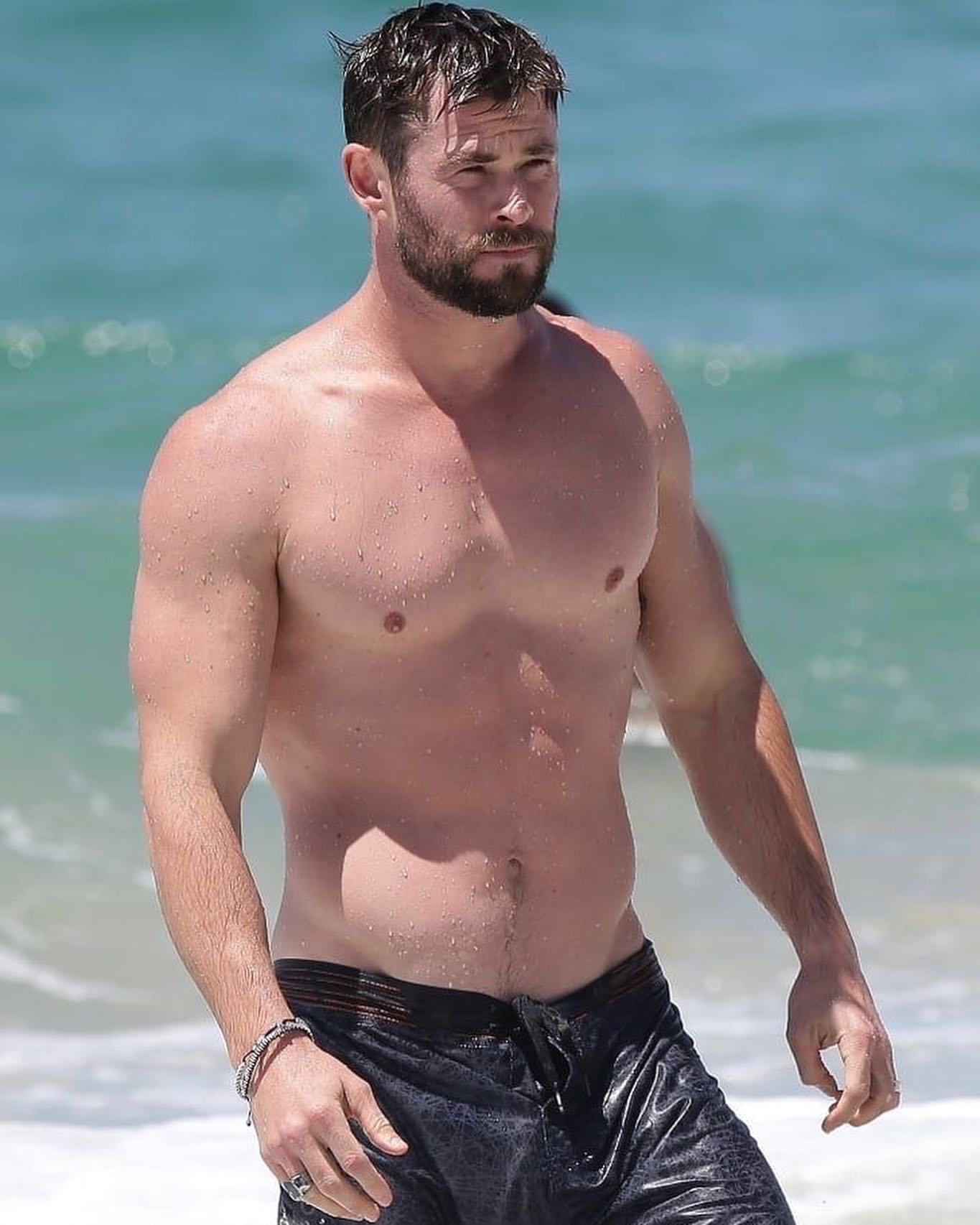

The Library is Now OPEN
Probably the best read scene of the entire series.
And Now, a Word from our Overlords

Field Guide to the Five Main Types of Pandemic Deniers
From Rawstory:
Every day there is more data to prove the dangers of the coronavirus. Yet, bizarrely, the more proof we have of the damage of the pandemic; the more vicious and hysterical its deniers. It is hard not to be overwhelmed by the sheer volume of uninformed, deluded ideas covidiots spew on a daily basis. We mourn not just the lives lost and the bodies damaged, but the collective intelligence of our nation. With international news consistently depicting the United States as the dumbest nation in the developed world, it is as if news of the covidiocy is almost as depressing as news of the virus's spread itself.
The trend to what is described as America's move from freedom to "freedumb" has sadly been a long time in the making. The pandemic only painfully reveals a process that was well-documented by Charles Pierce's 2010 book "Idiot America: How Stupidity Became a Virtue in the Land of the Free."
Pierce opens with a story of Americans descending on the Creation Museum in Kentucky, where homeschooled children on field trips can behold a dinosaur wearing a saddle. With stories like these it is not hard to understand how this country lost its grip on even the most basic scientific concepts. It is not a big leap from dinosaurs in saddles to believing that face masks make us sick.
Shortly before the 2016 election we started to hear that part of the problem with America's stupidity was the fact that social media allows us to exist in information silos or echo chambers where our ideas aren't challenged and where we get a daily dose of confirmation for our brand of personal wackiness. Surely, information silos are a problem, but as the pandemic deniers have shown, there is actually a fairly diverse array of covidiocy types.
In fact, when we lump all pandemic deniers together into the same pile, we miss the fact that what plagues America on a cognitive level is a far more serious disease, one that has neither one symptom nor one easy cure. Here are five main types of covidiots to look out for:
The Eye Rollers
The eye rollers think that all of the news over the pandemic is exaggerated hype. This is the line of reasoning that suggests that if we didn't test for the virus so well, our numbers would be more in line with other developed nations. The eye rollers think that the coronavirus is just like the flu and that its mortality rates are of no real significance.
You'd think all you'd need to do with an eye roller is show them the inside of an ICU or have them hear stories from those who have been gravely sickened by the virus. But the key to the eye roller is that they aren't going to believe a single piece of evidence because, from their view, all proof of the dangers of the pandemic is manufactured to produce hysteria.
The eye roller is disturbing for the fact that they have a long history of not taking a single critical issue in this nation seriously. So, coupled with their eye rolling over what they perceive as coronavirus hype, they are also likely to believe that we have no racism, no sexism, in fact, no significant problems whatsoever. For them, liberals manufacture issues that aren't real so that they can create social anxiety and elevate their policy platform. These are the people who disparage the Black Lives Matter movement as reverse racism and mock #MeToo as a problem of thin skin.
The Shoulder Shruggers
The shoulder shruggers are your Ayn Rand-style covidiots. These folks get the numbers and the science. They have a full sense of the dead bodies and damaged lungs, but they simply don't care. They epitomize the "profit over people" worldview.
This is the line of reasoning we saw on display by Texas Lieutenant Governor Dan Patrick who suggested that grandparents should be willing to die in order to save the economy for their grandkids: "My message: let's get back to work, let's get back to living, let's be smart about it, and those of us who are 70-plus, we'll take care of ourselves." According to him, there is no reason to "sacrifice the country" in order to save a few old people.
Like the eye rollers, the shoulder shruggers have a far more pernicious mindset that shapes their views on a wider set of concerns than the virus. These are the folks who see in the virus neoliberal opportunities to capitalize rather than empathize.
The Narcissistic Hedonists
The hedonists simply don't want to be inconvenienced by the virus. They want their manicures, haircuts and happy hours. Their own selfishness dominates their behavior and clouds their ability to consider the wellbeing of others. They see the entire world from the vantage point of their pleasure-driven egos and they outright refuse to be inconvenienced for the benefit of others.
The narcissistic hedonists talk about how they have a right not to wear a mask and how those who worry over the pandemic should just stay home. "You're infringing on my rights," they scream any time they are told they can't enter a store without a mask. "This is a free country, and I'm here to shop."
The narcissistic hedonists have no commitment to a social project nor do they care a wit about the common good. They have weighed the costs and risks of their behavior and they think that their own desires are more valuable than their grandparents' lives.
This strain of covidiot also has a long history in this nation. Unlike the eye roller who thinks everything in the nation is already great or the shoulder shrugger who cares more about the economy than society, the narcissistic hedonist places their desires at the center of everything. And, even worse, they think that their own destructive ego-driven behavior is their "right" as Americans.
The Self-Proclaimed Scientists
The self-proclaimed scientists are a unique strain of covidiot that derives from this nation's long resistance to expertise. The self-proclaimed scientist will tell you that you should not listen to Dr. Anthony Fauci. Instead you should listen to them, since they have done "research" and they know more about the virus than world-leading scientists.
Fauci, the director of the National Institute of Allergy and Infectious Diseases, recently warned of the dangerous consequences of our national anti-science bias: "One of the problems we face in the United States is that unfortunately, there is a combination of an anti-science bias that people are — for reasons that sometimes are, you know, inconceivable and not understandable — they just don't believe science and they don't believe authority."
Yet, as Pierce documents in the book I cited earlier, the American tendency to eschew expertise and disparage science has extremely deep roots in our collective history. It is tied not just to religious extremism, but also to the history of anti-intellectualism in the U.S. The urge to put down teachers and professors alongside scientists is part of the American habit of distrusting smart people and it is tied to the idea that some folks would prefer a president they want to have a beer with over an intellectual or even highly educated president.
The anti-expertise sickness that plagues the United States is sadly to blame for much of the failed U.S. response to the pandemic, but its negative impact on the functioning of our nation goes well beyond flaws in our healthcare system and public health policy. As long as we continue to be skeptical of knowledge and attracted to BS, we can expect our nation to continue to look less and less like a developed nation.
The Conspiracy Theorists
One of the special features of conspiracy theorists is that they are found on both the left and the right, unlike a lot of the other strains of covidiots. They converge in the bizarre alternate reality of anti-vaxxers. But, regarding the coronavirus, the conspiracy theories are largely skewed to the right.
The range of conspiracy theories about the pandemic is simply too broad to cover in this piece. It spans from theories that the virus was deliberately started by China or by Bill Gates to theories that the virus simply isn't real at all. Nature reported in March that "the website Biohackinfo.com falsely claimed that Gates planned to use a coronavirus vaccine as a ploy to monitor people through an injected microchip or quantum-dot spy software."
Healthline reported in June that 25 percent of people believe unproven theories about COVID-19. This is all to show that there is a strange urge in this country to attach to fantasy theories rather than facts.
The danger to the conspiracy theorist is not just their refusal to accept evidence that challenges their views, but rather their paranoid worries that any evidence is actually propaganda designed to dupe them and cause harm. The conspiracy theorist is so worried thinking that information is manipulation that they lose any sight of what the truth actually is. And as coverage of a Palm Beach County Commission meeting that went viral for the outlandish arguments presented by residents against a mask ordinance (which the Florida county did pass) shows, covidiots tend to mix up their reasons for refusing to wear masks and take the pandemic seriously. Trying to follow these arguments against wearing masks will hurt your brain.
What's worse is that having to "debate" matters of science and evidence-based medicine tends to leave us fighting each other rather than the virus. Even more disturbing, there is no vaccine for covidiocy: It promises to linger well after the virus has been contained, wreaking havoc on our society, taking up resources and frustrating progress. It's a condition that has plagued our country for decades and it won't be cured until and unless we make a collective effort to prevent its spread.
366 (It's a Leap Year, Boys) Days of UNF: Day 208

"Just Tell It To Call You Billie!"
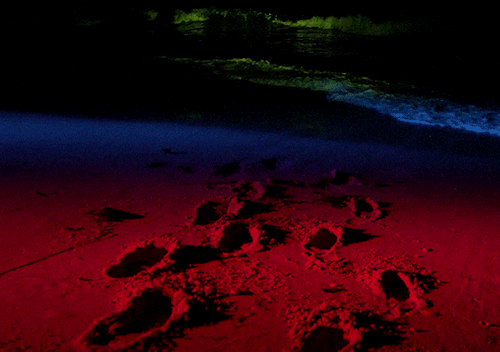
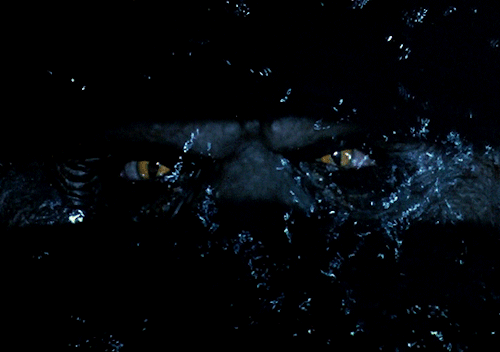
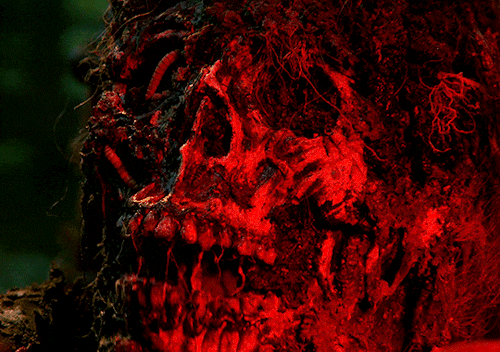
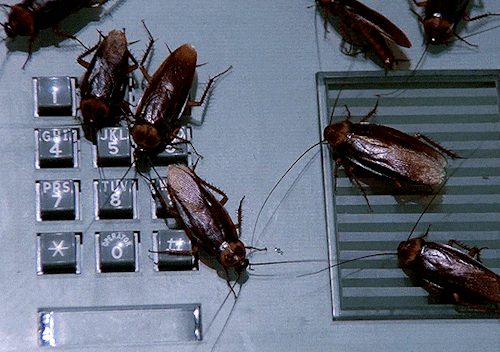
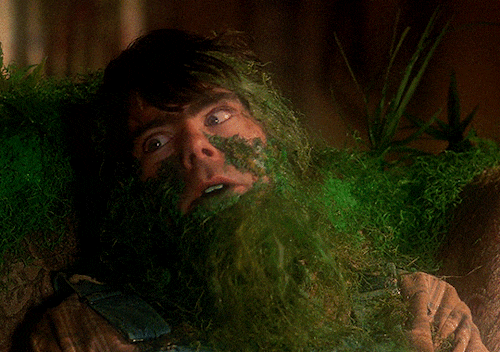
Creepshow (1982) was the first movie I bought after getting my own VCR. (Yes, it was a Betamax.) Interestingly, I never got it on DVD. In fact, I haven't even seen it in years.


Force the Idiots. Read This To Them.
Have any relatives or friends (why? WHY are they still your friends?!) who continue to think this is "just like the flu" or "you'll get over it?"
Read this to them. Force the idiots to listen.

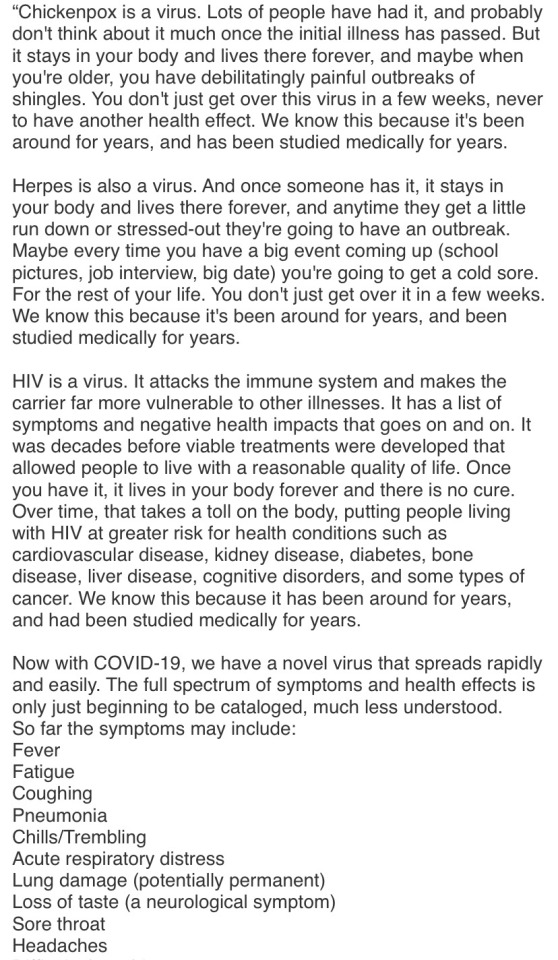

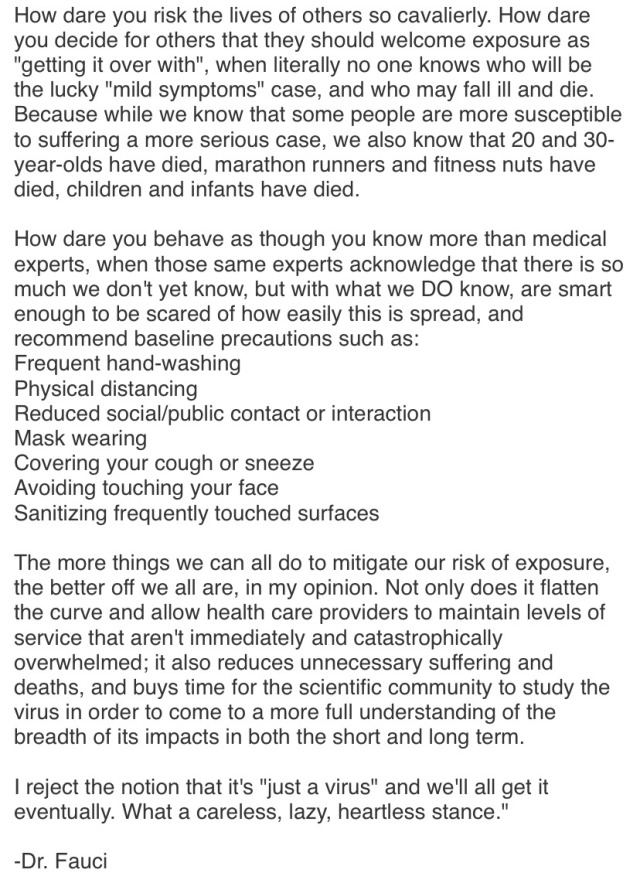
Even Michael Myers Can't Stand His Ass

I'm Gonna Go With 1 and 6

Schrödinger's Karen
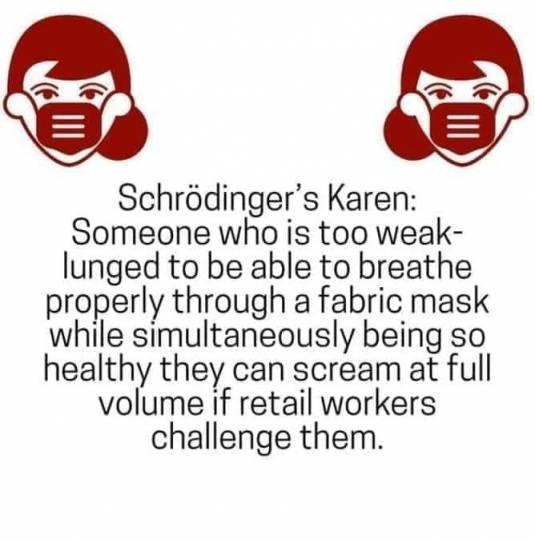
Wayback Machine
In honor of Domani Dave's recent post, I felt compelled to publish my own photo of 80s "helmet hair." Hey, it was the style!
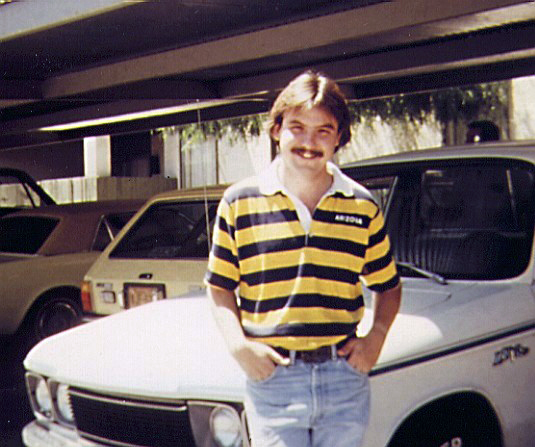
Boy's Got Moves
Smokin' Hot



Mood

Submitted Without Comment

Gratuitous Jon Bernthal
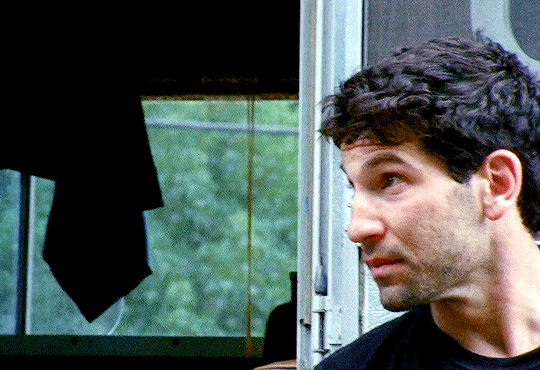
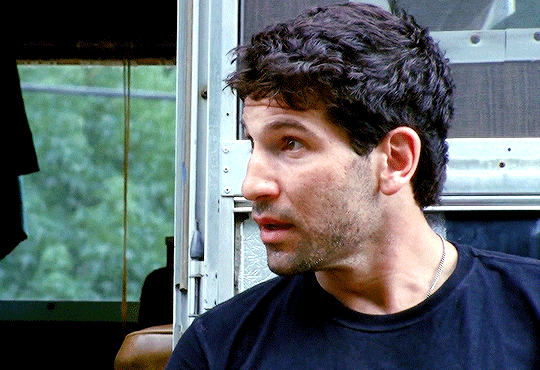
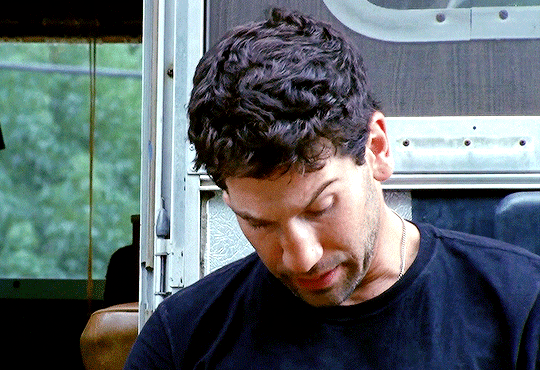
The More You Know
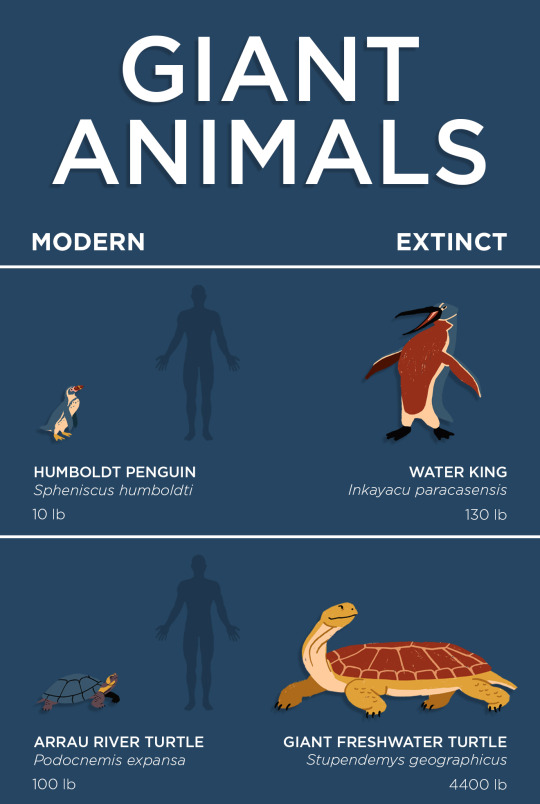
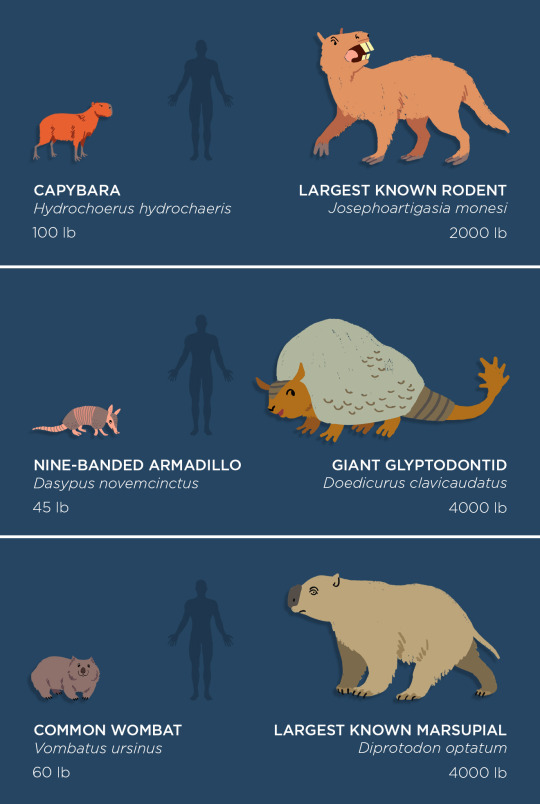
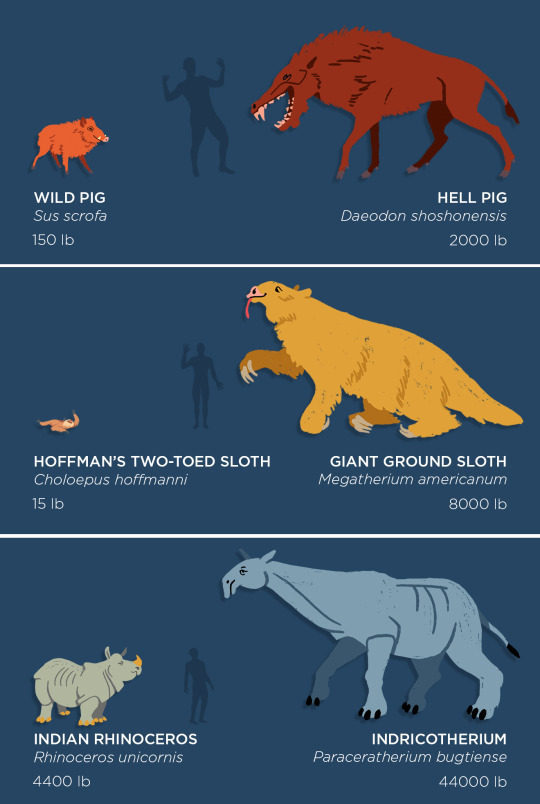
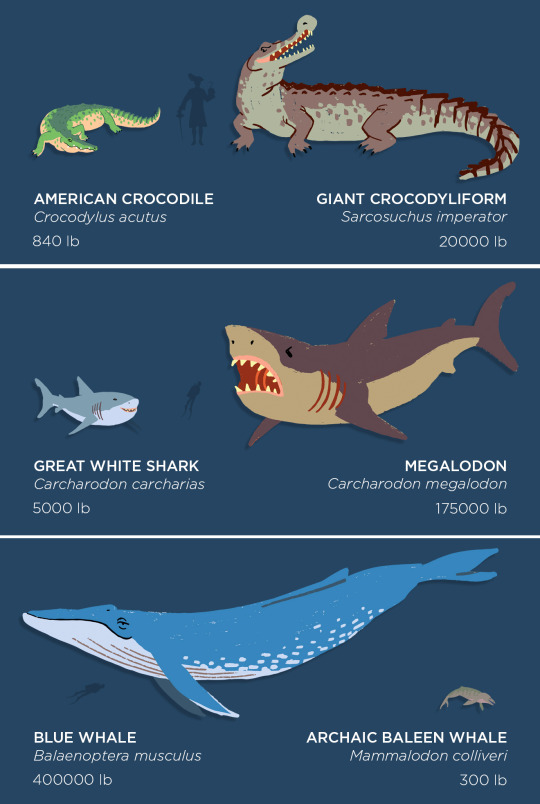
366 (It's a Leap Year, Boys) Days of UNF: Day 207
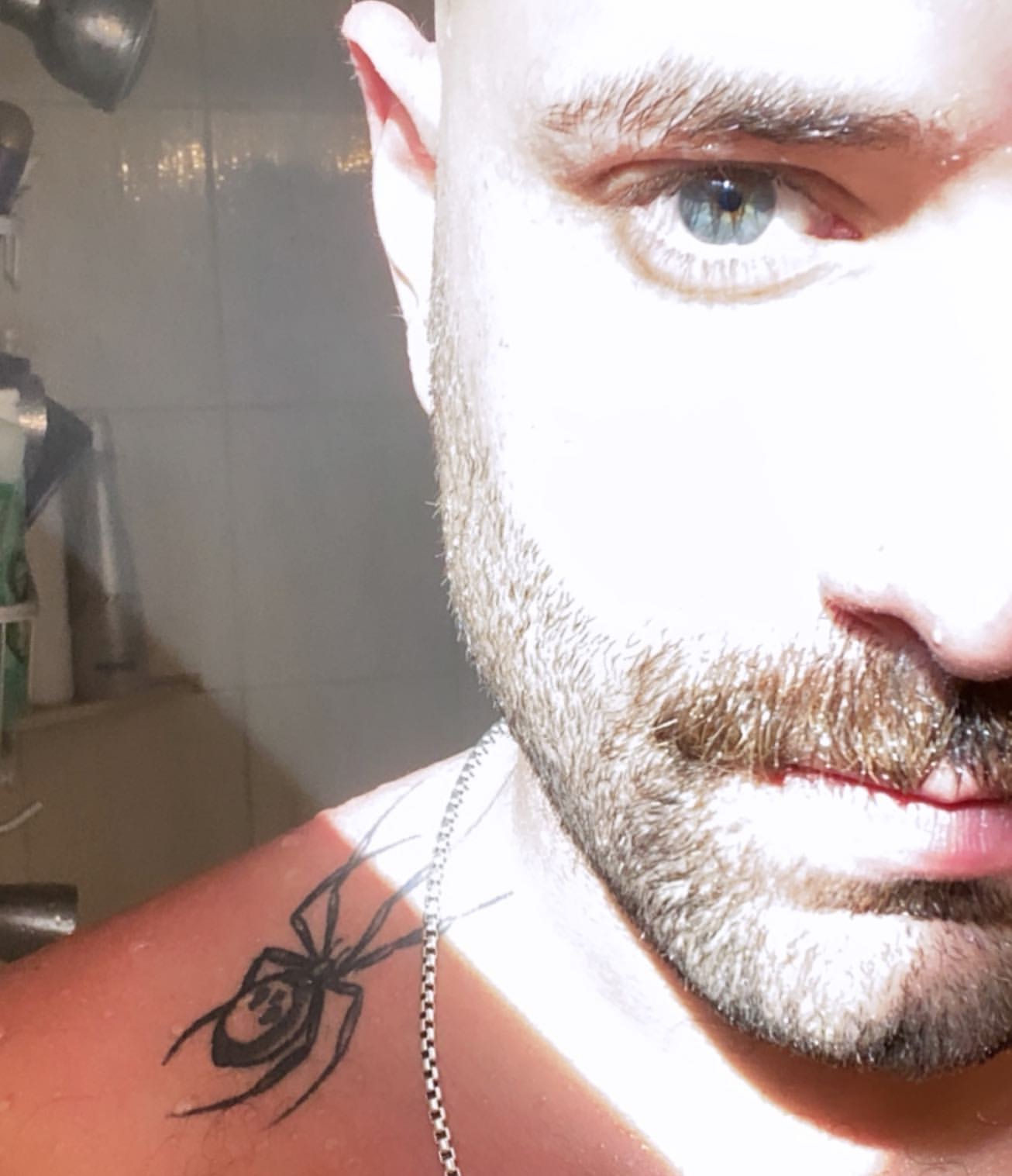
Simultaneously Fascinating and Disturbing
On the recommendation of a friend, the other night Ben and I took a break from our usual evening diet of Supernatural and Criminal Minds and fired up the Amazon Prime machine to watch Vivarium. Naturally, while we were watching we went to IMDB and did some sleuthing. The reviews were evenly split between, "What the hell did I just watch?" and "Absolute Genius." It was one of those films with little middle ground where audience opinion was concerned. Admittedly, when all was said and done, I found myself in that middle ground. I was simultaneously fascinated and disturbed by the story told.
I found the following article about the film on Screen Rant, and I have to admit it tracks pretty closely with my interpretation of what we'd seen:
The story of suburban hell told in Vivarium takes on a far darker and bolder topic as its ending unfolds. Director Lorcan Finnegan's sci-fi thriller tells the story of a young couple stuck in a seemingly perfect suburban neighborhood that quickly reveals itself to be a nightmare of societal demands. Vivarium centers on gardener Tom (Jesse Eisenberg) and kindergarten teacher Gemma (Imogen Poots), a happy young unmarried couple who are seeking to make their first step onto the property ladder. This leads them to visit a deeply strange estate agent named Martin (Jonathan Aris), who makes lavish promises of the beauty and perfection of a newly built development named Yonder, and coaxes them into taking a tour of one of its properties.
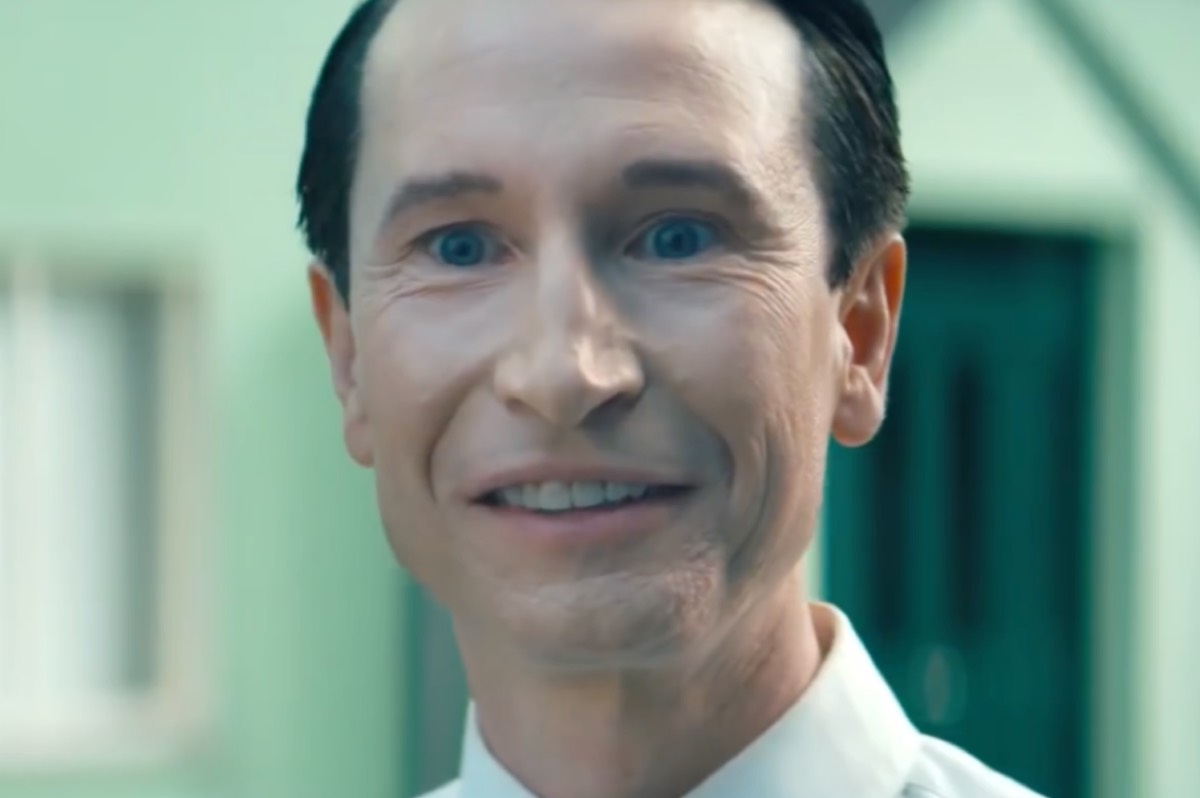
Yonder is comprised of seemingly endless rows of wholly identical homes and roads that always lead back to the same place. After Martin vanishes, Tom and Gemma try to leave by end up going round in circles, forcing them to stay in the Yonder property he showed to them.

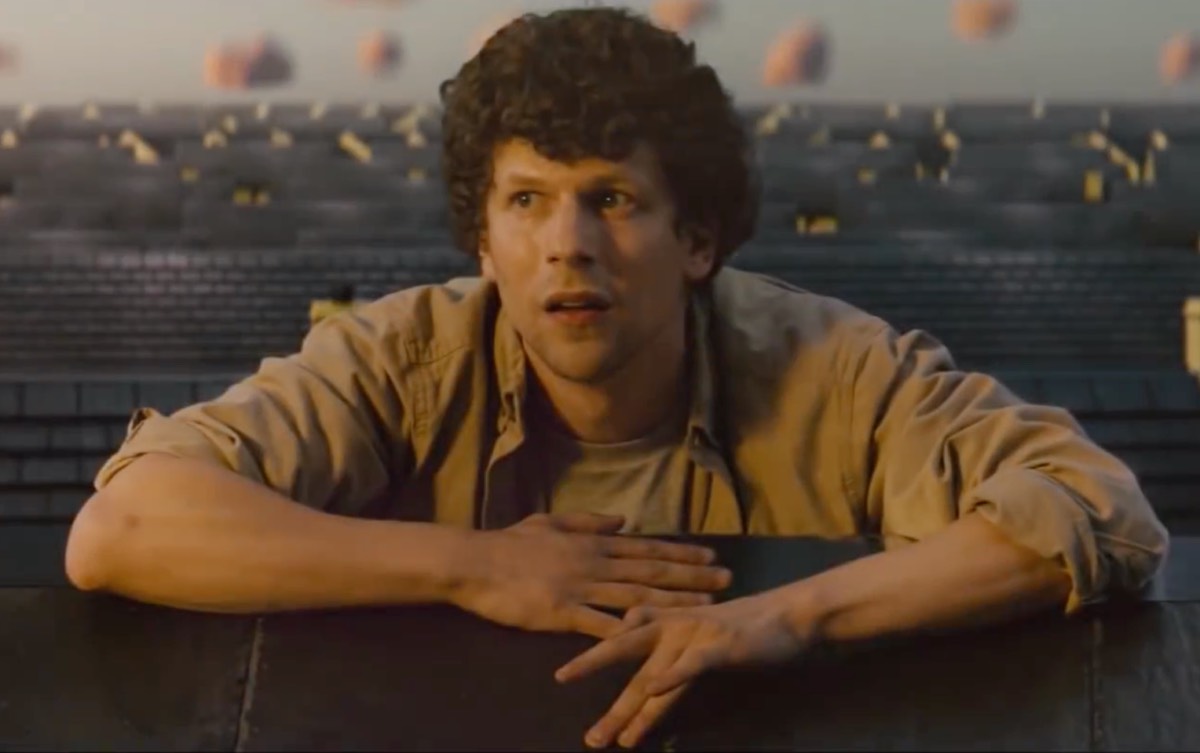
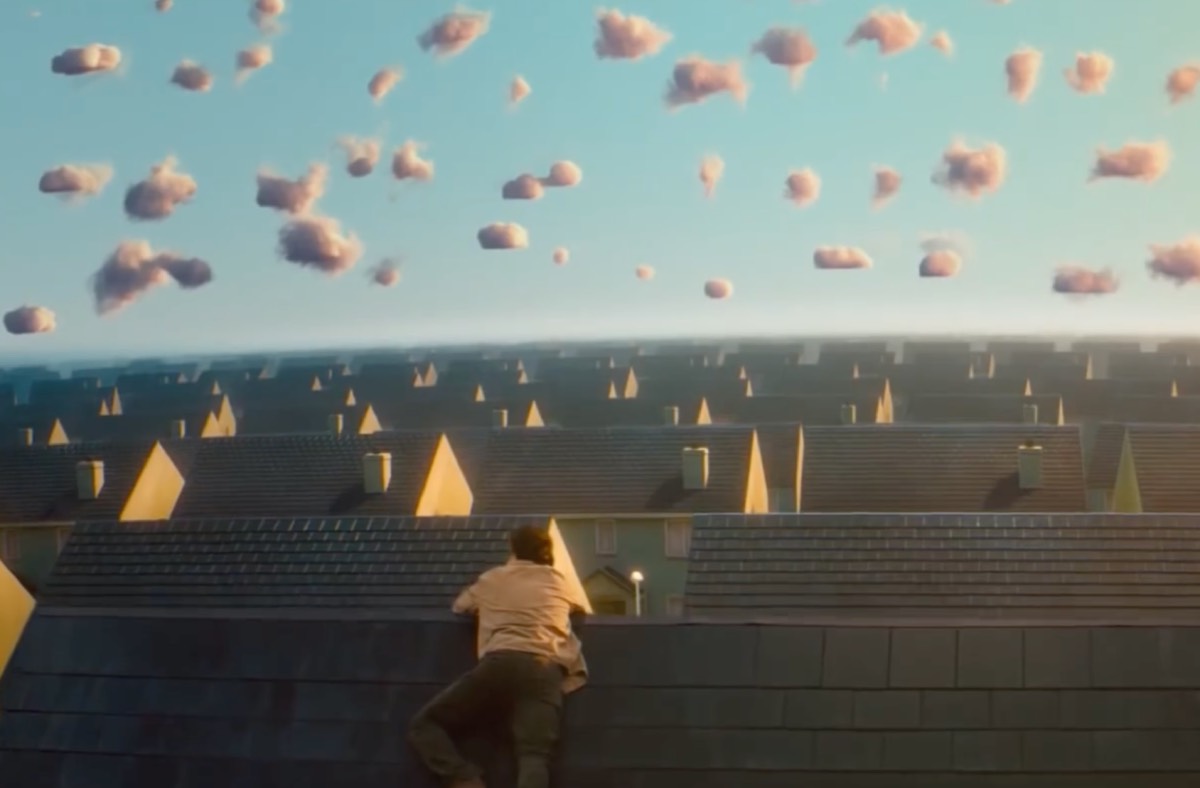
Their various attempts to leave end in failure, and in frustration, Tom decides to burn down the house. The next morning, it's still there, seemingly rebuilt overnight, and now there is a box with a baby waiting for them. Attached is a note: "Raise the child and be released."
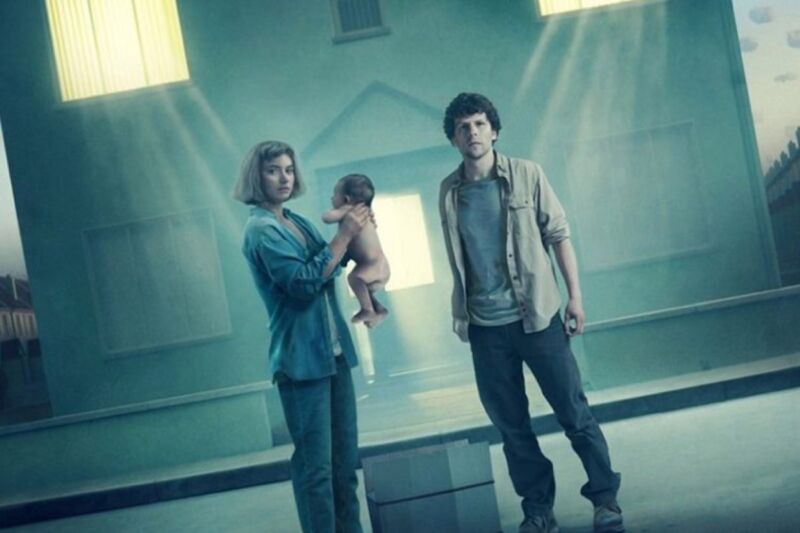
As the days pass, the nameless child (played by Senan Jennings) rapidly grows in size and has an eerie adult-like voice that perfectly mimics both Tom and Gemma. He screams like a banshee until he is fed. He refuses to leave Tom and Gemma alone for a second and he copies their every move, except for moments when he watches the TV, which only shows strange psychedelic patterns. As Tom and Gemma find themselves forced into the role of parents for this unsettling creature, their health begins to worsen and they find themselves trapped in a mundane yet hellish daily cycle of the same old routine – one they can seemingly never escape from.
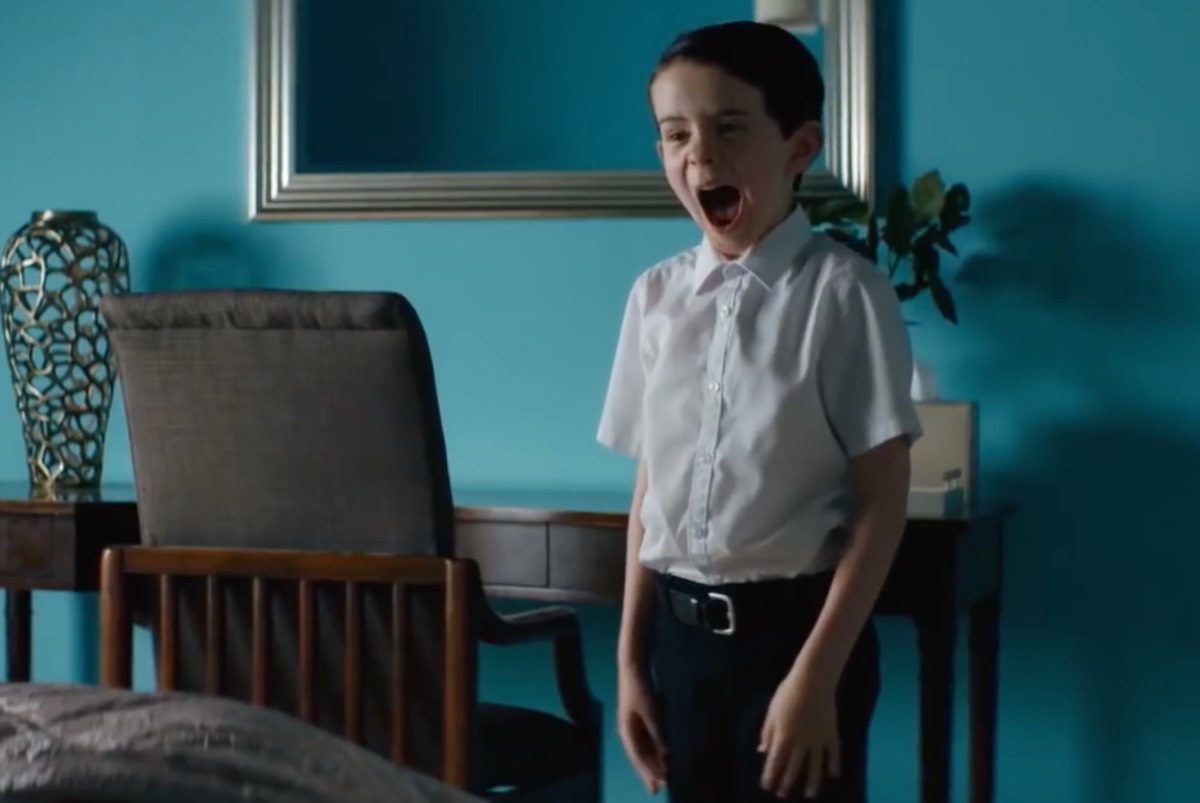
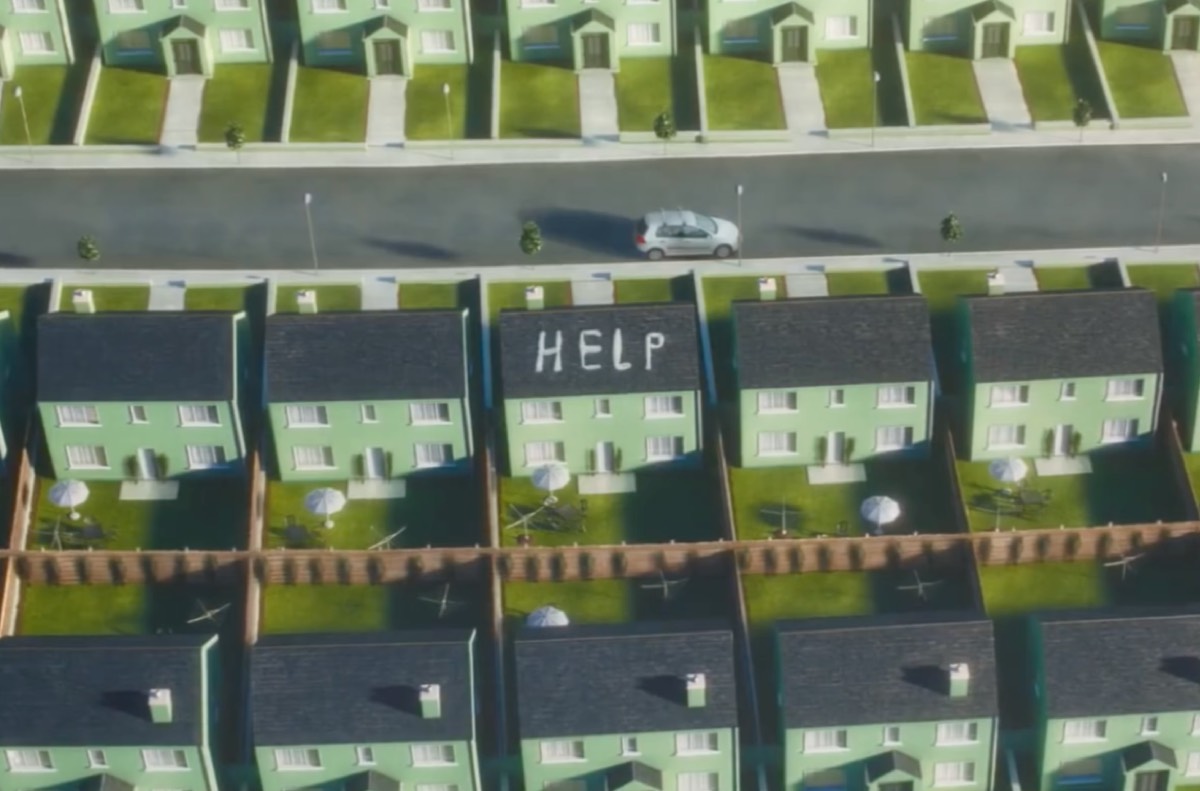
What Happens In Vivarium's Ending
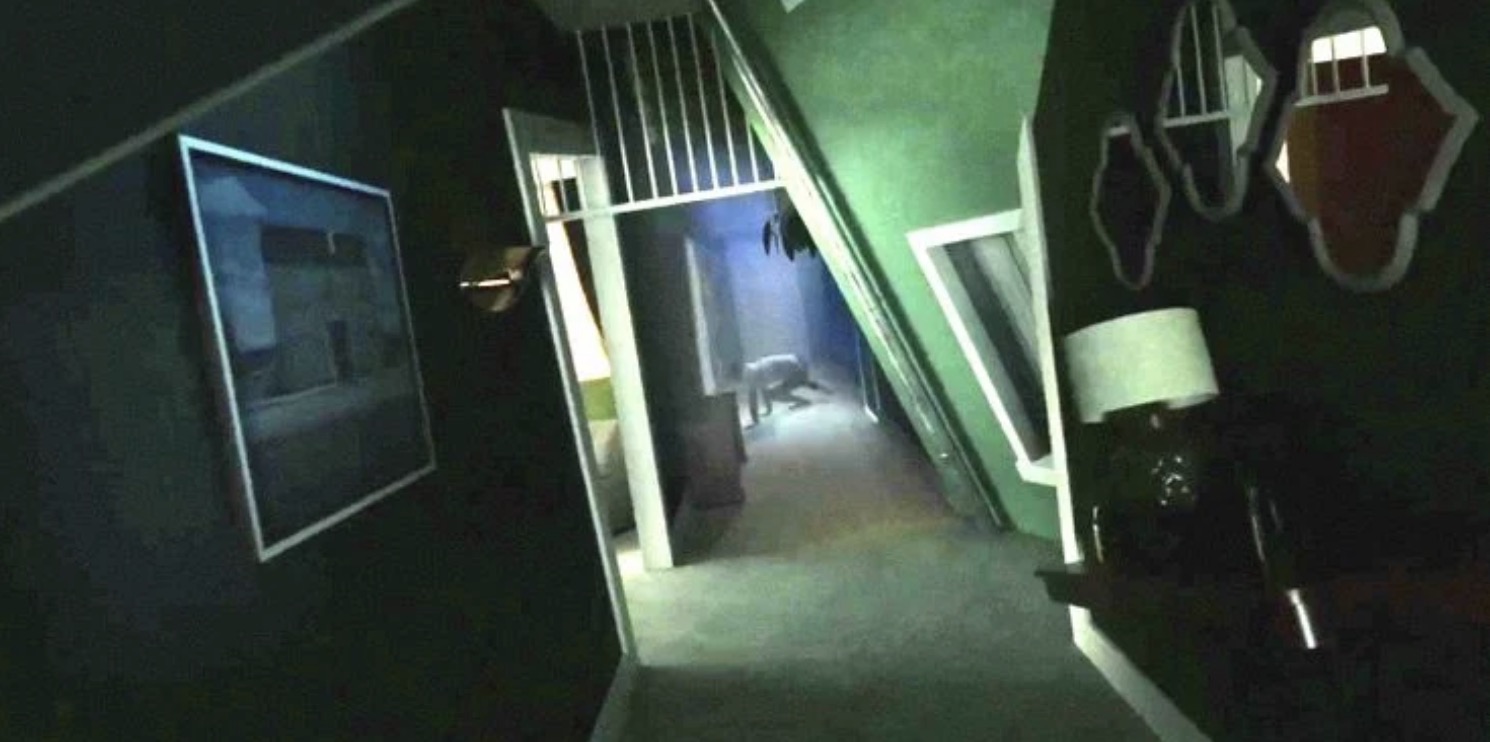
Tom and Gemma interact with the child in different ways. Tom instantly hates him and tries to harm him several times, but Gemma always intervenes. Occasionally, Gemma will try to talk to the boy and treat him in a kind manner, hoping that he can give them some answers about their situation—or, at the very least, become a normal kid. Tom eventually becomes obsessed with digging a hole in their garden, which further exacerbates the growing gap between him and Gemma and pushes her more towards the child. One day the boy vanishes, only to return with a strange book full of indecipherable symbols. Gemma plays a game to get him to reveal where he's been, only for him to begin mutating into some form of monster.
More time passes and suddenly the boy has grown into a full-blown adult. Both Gemma and Tom have grown weaker, although Tom still digs his hole from morning until night. The boy starts disappearing every day and Gemma's attempts to follow him prove fruitless. Eventually, Tom's hole yields a discovery of a corpse in a body bag. His own health rapidly worsens and he eventually dies in Gemma's arms. At that moment, having said that it's time for Tom to be "released," the boy returns to them with a body bag. Shocked and disgusted, Gemma finally becomes furious enough to attack the boy with a pickaxe, but he escapes by pulling up the pavement like a rug and escaping into an Escher-esque underground.
Gemma follows and discovers the seemingly endless parallel worlds where couples like her and Tom are stuck in near-identical situations, each raising an otherworldly child. Every single one of them is miserable. One man has even died by suicide in the bathtub. Spat back into her world, Gemma also dies, with the boy by her side. He dumps the bodies in the hole that Tom dug, fills it back in, and then leaves Yonder to return to the real estate office. There, Martin is old and on the verge of death (though only a year has passed). He passes on his name badge to the boy and then dies, leaving the new Martin to take his place. A new couple walks into his office, and the cycle begins anew.
The Boy's Identity And Yonder's Purpose
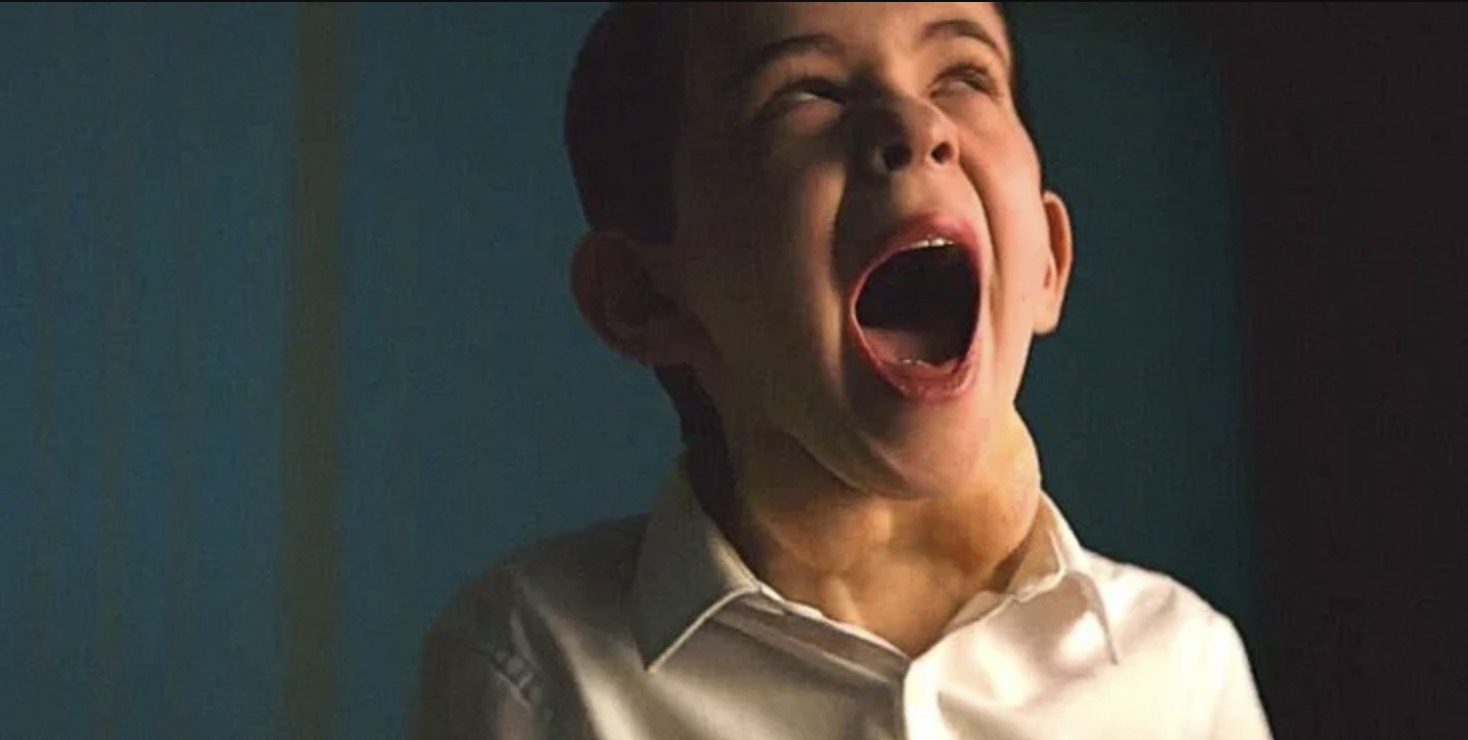
Though it's never made explicit in Vivarium's ending, the most obvious interpretation of Yonder and the strange boy that Tom and Gemma are forced to raise is an alien abduction story. The film opens with a shot of a newly hatched cuckoo pushing other baby birds out of the nest. This is a phenomenon in nature known as brood parasitism, in which some birds will lay their eggs in a stranger's nest in order to trick the other bird into raising their young. In Vivarium's opening, the cuckoo eventually becomes so large that when its unwitting adoptive parent returns to feed it, the cuckoo looks like it's about to consume the adult bird's head—foreshadowing the movie's ending.
Vivarium takes the behavior of the cuckoo and reimagines it as an alien or extradimensional species that has invaded Earth and forces humans to raise its offspring by trapping them together in a "nest" (in this case, the house at No. 9 in Yonder). Just as some female cuckoos are able to lay eggs that resemble the eggs of the bird species whose nest they are left in, the boy's species is able to imitate humans closely, but not perfectly. Tom and Gemma notice something is off about Martin as soon as they arrive in the real estate office and observe his strange behavior, and the boy's voice definitely doesn't sound like a normal human child.
Compounding the alien abduction theory is the strange alien language that appears in the boy's book and the patterns that appear on the TV, which are clearly communicating to him. At one point Gemma asks the boy to imitate the person who gave him the book and he starts to transform, with bulging growths on his neck. Later, after she attacks him with the pickaxe, he gets down on all fours and scuttles like an animal – all of which points to him being an alien species in disguise. The impossible space that Gemma stumbles into when she tries to chase the boy at the end of the movie definitely seems like an alien construct, as does the impossible space of Yonder itself.
Based on Vivarium's ending, it seems that these aliens age rapidly, growing to adulthood within a year (the boy looks about six years old after just three months) and declining from middle age to old age within the same space of time. They sustain themselves by trapping human couples in Yonder and forcing them to raise their weird children, and when a new "Martin" reaches adulthood, he replaces the old one. The aliens do not appear to form any kind of emotional attachments to their adoptive parents, and do not grieve for them when they die.
The Real Meaning Of Vivarium's Ending
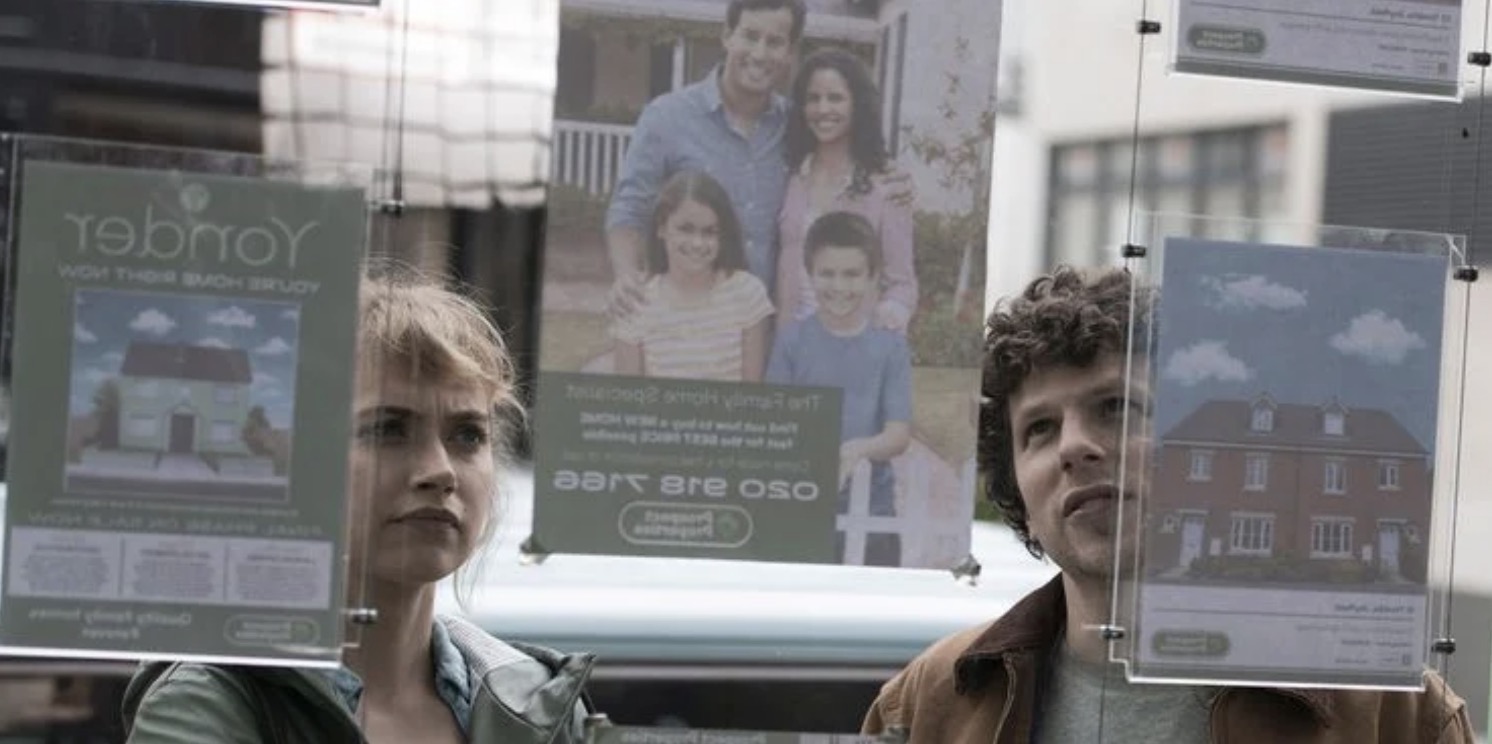
There have been plenty of stories in pop culture about the hell of suburbia, and Vivarium is not shy about wearing those influences on its sleeve. The Blue Velvet comparisons are easy to make and the film is also reminiscent of classic episodes of The Twilight Zone and the works of Yorgos Lanthimos, especially Dogtooth. At its heart, this is a familiar story about the smothering confines of the supposedly ideal life that has been commodified for the masses. The white picket fence dream remains a potent force in society, and it's one that's become ever more unattainable to the younger generations, making the forced fantasy all the crueler.
Tom and Gemma are literally stuck in this heteronormative structure of what a couple is "supposed to do" as they get older. Against their will, they have been forced into the suburban life, a home they despise, a routine they grow resentful of, and a child neither of them wanted. They are now stuck on a path for life that is both mundane and horrifying – one that ends in their deaths, with their bodies left to rot on the grounds of the house they hated. They aren't alone in this nightmare either, as the parallel worlds of Yonder reveal. This is the world that awaits us all, or at the very least, the white heterosexual middle-class couples to whom this fantasy is primarily sold to.
Interestingly, Tom and Gemma never ask out loud why they have been trapped in the world of Yonder and its restrictive rules. (Nor do they ever try to gain access to any of the other houses in Yonder.) They just get on with it because they have to. This is partly what makes Vivarium so fascinating: It is keenly aware of the smothering expectations placed upon people to adhere to societal norms, even as they become more unattainable and less desired by younger generations. Nowadays, we are less tied up by such conventions and it's far more normal for people, whatever gender they are, to remain unmarried, child-free, or off the property ladder, whether it be through choice or financial restrictions. Still, even today, it is that image of the happy suburban white couple with children and a mortgage that dominates the world and is deemed the default mode of life. Tom and Gemma were not picked to become a new part of Yonder for any other reason than because they were there, and that makes their fate all the more terrifying. It could happen to anyone.
The most interesting and arguably the boldest aspect of Vivarium is in how it takes on the concept of parenthood. Here, to be a parent is to be forced into a one-sided parasitic relationship that will sap you of your very life essence. It is to be miserable and unfulfilled, to commit to something that will never make you happy or yield vaguely satisfying results. Tom and Gemma did not want a child but the society of Yonder demanded it, and the boy who grows in years as the days pass is unnerving, lacks imagination, and is utterly helpless without them. It's a blunt metaphor for the realities of parenting, but most stories end such narratives in a happy way, revealing how it was all worth it in the end.
Vivarium doesn't do that. This is a film with the sheer guts to position the act of being parents as potentially the worst thing one could do with their lives, a mistake they will regret until they die. That remains one of society's last true taboos and Vivarium pulls no punches with it. Even when Gemma shares tender moments with the boy, she absolutely refuses to let him call her his mother. Her dying words to the now-grown boy are just that: "I am not your f***ing mother." It's a final act of defiance in the face of a world that took everything from her, and one that verbalizes countless people's lives, both within Yonder and in the real world.
It's clear that Finnegan's latest feature found bits of inspiration from many projects in the realm of sci-fi and suspense, especially Black Mirror and The Twilight Zone, but ultimately, Vivarium is a wholly original production that offers plenty for viewers to take away. It relishes in its beautifully bizarre fever dream of a story and is all the more successful because of it. Not only that, it provides a relevant social commentary that sticks the landing in the end. Although its eerie originality may not be for everyone, Vivarium will certainly be quick to find a strong, loyal audience.
Man Does Not Live By Bear Alone

Gratuitous Ryan Pinkston
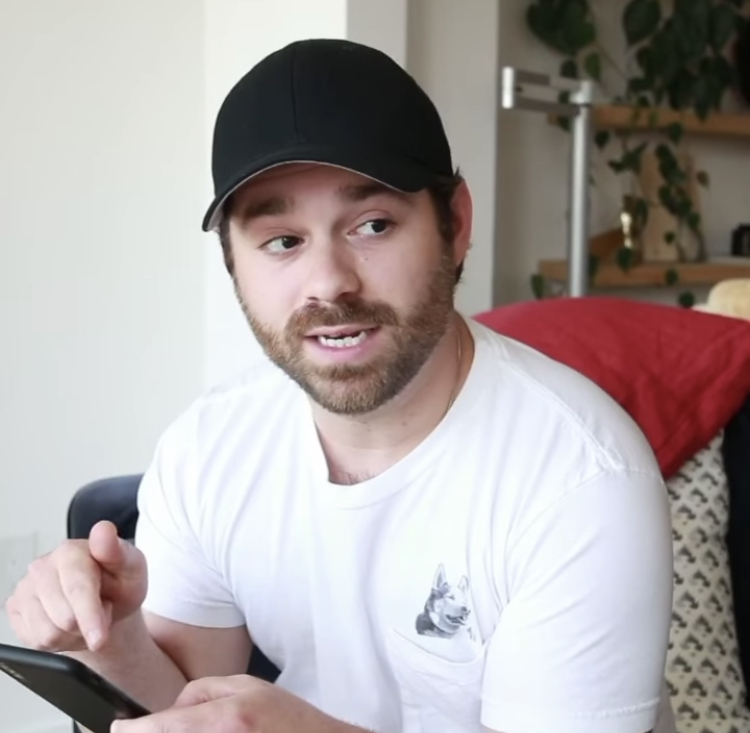
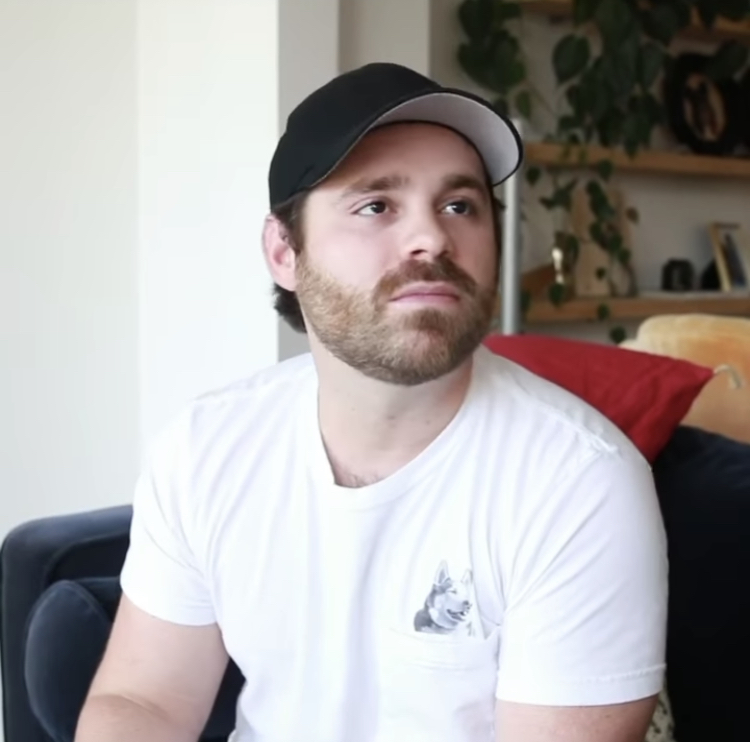
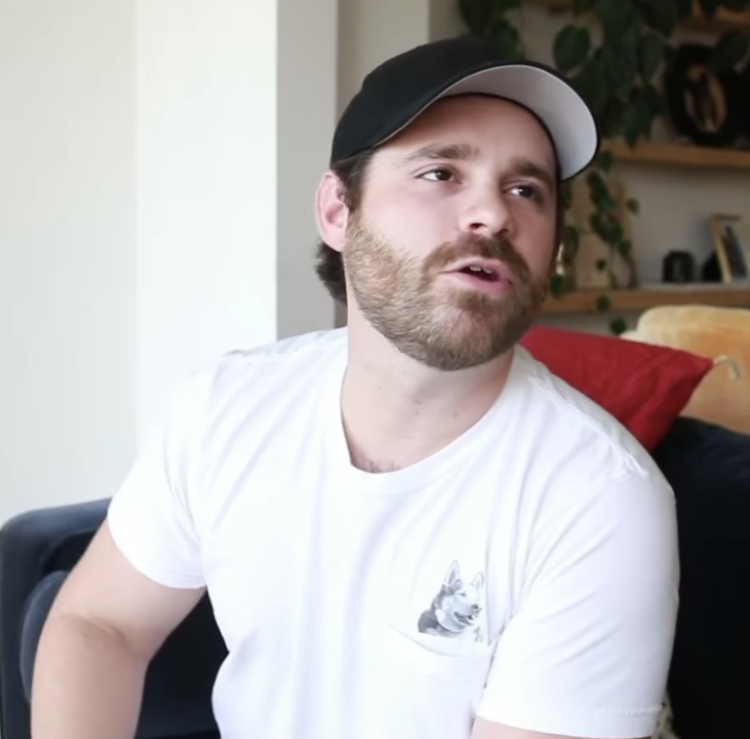
Daddy Zac
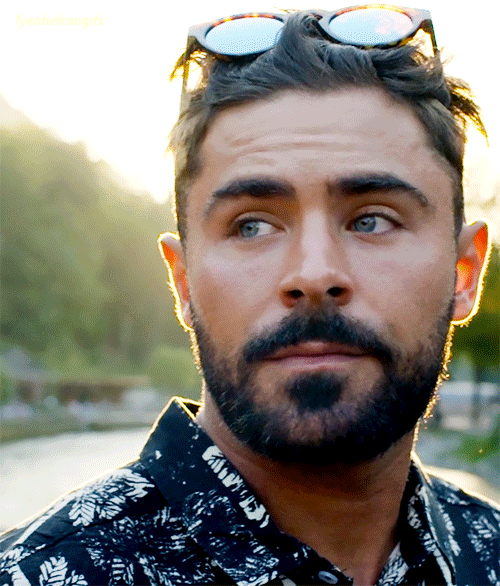
Downsizing
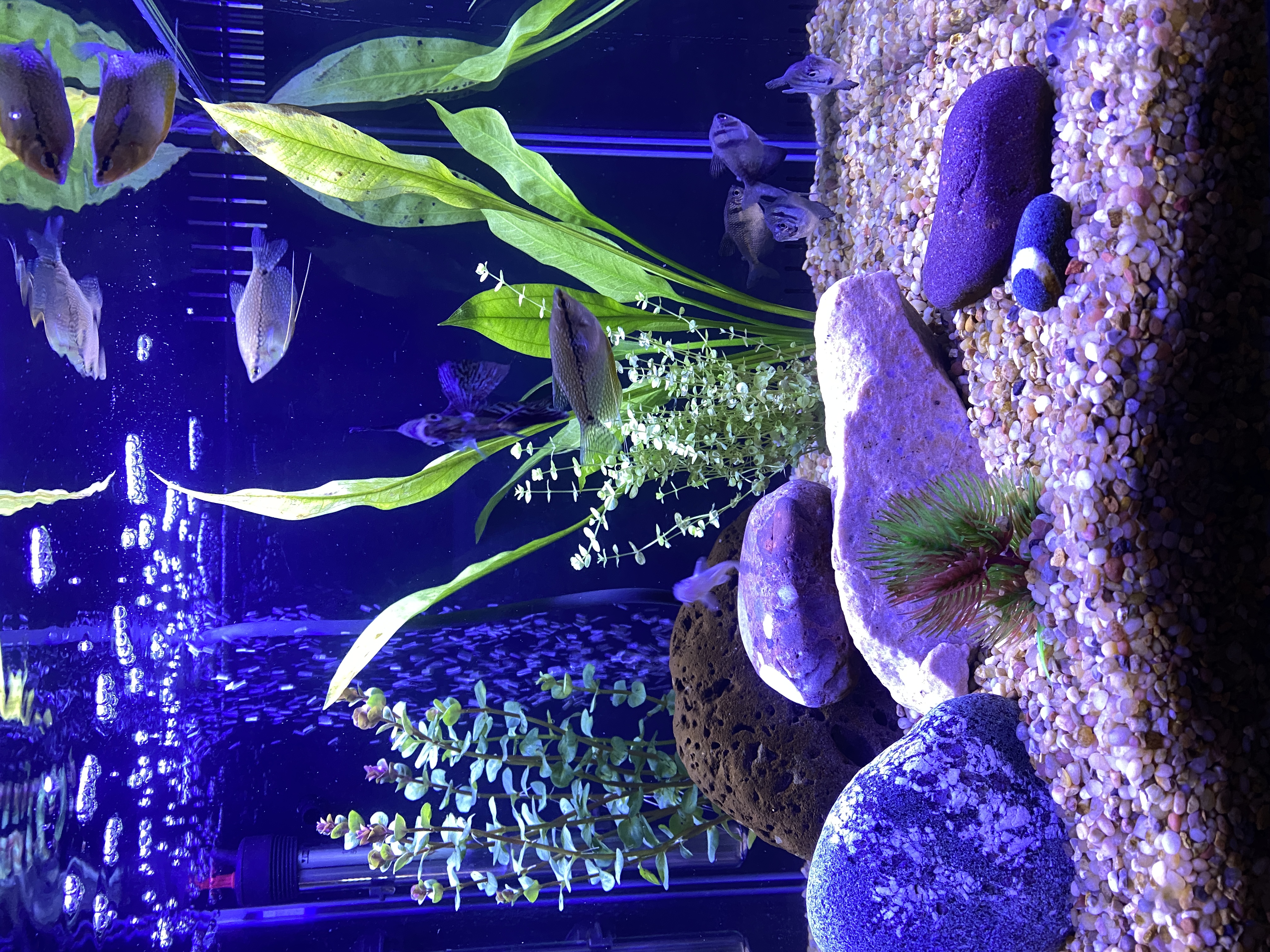
Except for one year—1993—I've owned a freshwater aquarium in one form or another since I was a child. About three weeks ago I made a decision that I had been questioning up until last night. No, I didn't get rid of my tank altogether; I downsized from a 29-gallon to a 17.
This 17-gallon, all-glass tank which had a built-in filtration system in the back had captured my eye on my last trip to The Ocean Floor. Faced with an upcoming semi-annual "big clean" teardown of my existing tank, I decided it was time to pull the plug and downsize.
The moment I got it home, I had buyer's remorse. I hadn't realized exactly how much smaller it was. Still, I was determined to make it work. My old all glass 29-gallon tank was just getting too damn heavy to haul outside every six months to clean. (I could've gone with a new acrylic tank of the same size and a fraction of the weight—which I've owned in the past with great success—but the front of the acrylics always end up bowing out after a few years and they scratch so damn easily.)
After getting the 17 set up and the few remaining fish I had transferred into it, I knew I'd made a grave mistake. The 4-year-old red tail shark that I had raised from a tiny 2-inch juvenile to a 5-inch behemoth was definitely unhappy in the new surroundings.
After stewing over this for a week, I decided that if I wanted to keep the tank (and frankly there was no returning it at this point) I needed to let go of the shark. I transferred him into a big plastic bag and took him back to the Ocean Floor (where I'd purchased him initially), knowing that even if they didn't give me any money for the beast, at least he would end up going to a good home.
Turns out that once they saw him, I did get a store credit, which allowed me to buy a few smaller fish that are quite happy in these surroundings. The only problem remaining was that the water had gotten kind of cloudy and the tank was growing brown algae like crazy. A few days ago I decided what I needed to do was tear the tank down, install the under-gravel filter from my old tank, and start fresh. (It had been my experience over the years that either an under-gravel or an external filter didn't work well enough on their own, but in combination guaranteed crystal clear water.)
I was not looking forward to this, despite the tank's much smaller size.
While I was out a few days ago getting anti-algae solution, I picked up a box of carbon filter media and when I got home threw one of the packs in the rear filter, hoping this would at least help somewhat with the water issue. To be honest I wasn't expecting much.
But then something happened. I don't know if it was the added filter pack or if the tank's nitrogen cycle finally kicked in, but since yesterday morning the water (even without an under-gravel filter) has been crystal clear. I'm taking a wait and see approach at this point, hoping that no further intervention will be required beyond normal maintenance until I do the "big" clean six months from now.
Feel Good Music
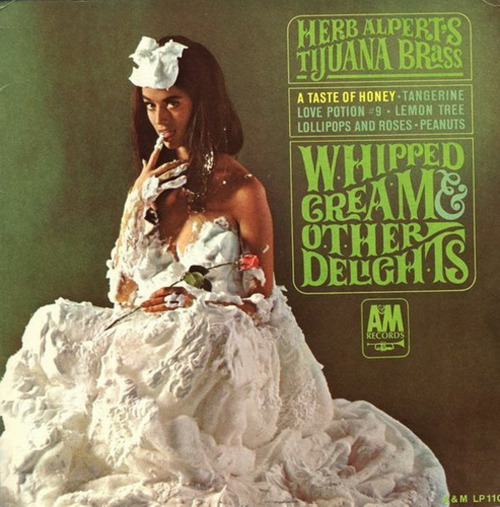
I have a feeling it's going to be a Herb Alpert and post-mindless-stuff-and-nekkid-menz sort of day, because I need a break from the awful that's assaulting me everywhere online for the last several days.
